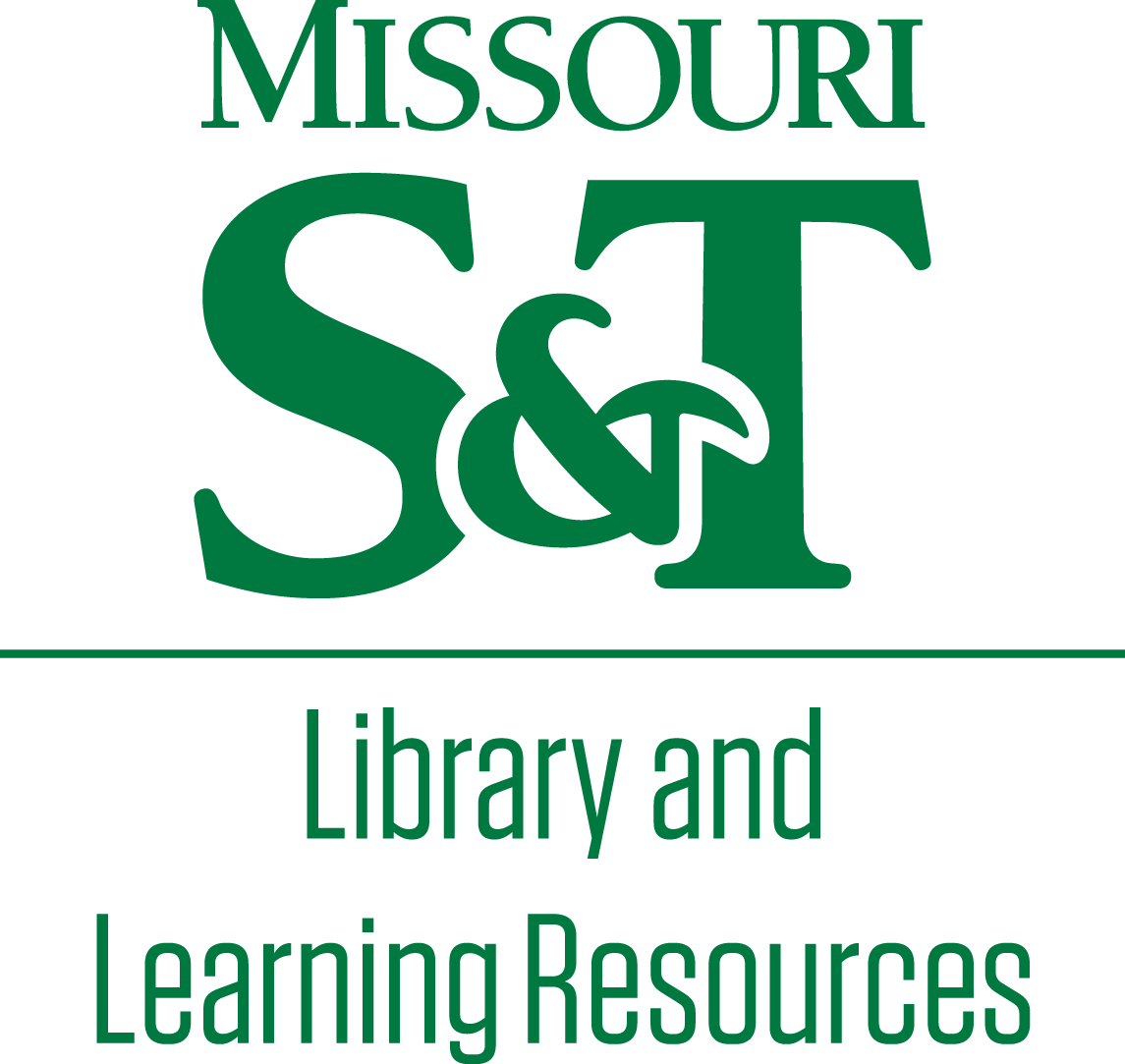Nondestructive Data Driven Motion Planning for Inspection Robots
Loading...
Description
During the first four years, the team led by Dr. Hung La of the Advanced Robotics and Automation (ARA) lab, University of Nevada, Reno (UNR), has developed four different climbing robotic prototypes and their control framework to allow the user to manually control these robots to climb on various steel structures. In the final year of this project, the ARA team aims to provide these climbing robotic systems an autonomous navigation function so that they can safely traverse on and visit all steel members of the bridge for efficient inspection.
This project expects two important algorithms to be developed: (1) point cloud segmentation algorithm/software for accurate and reliable classification of the bridge structures; (2) an autonomous navigation algorithm/software for the climbing robots. The successful development of these two algorithms will allow the robot to operate/inspect the bridge autonomously with minimum user’s intervention and provide a low cost and less traffic disruption inspection solution.
Presentation Date
10 Aug 2021, 2:00 pm - 2:30 pm
Meeting Name
INSPIRE-UTC 2021 Annual Meeting
Department(s)
Civil, Architectural and Environmental Engineering
Document Type
Presentation
Document Version
Final Version
File Type
text
Language(s)
English
Nondestructive Data Driven Motion Planning for Inspection Robots
During the first four years, the team led by Dr. Hung La of the Advanced Robotics and Automation (ARA) lab, University of Nevada, Reno (UNR), has developed four different climbing robotic prototypes and their control framework to allow the user to manually control these robots to climb on various steel structures. In the final year of this project, the ARA team aims to provide these climbing robotic systems an autonomous navigation function so that they can safely traverse on and visit all steel members of the bridge for efficient inspection.
This project expects two important algorithms to be developed: (1) point cloud segmentation algorithm/software for accurate and reliable classification of the bridge structures; (2) an autonomous navigation algorithm/software for the climbing robots. The successful development of these two algorithms will allow the robot to operate/inspect the bridge autonomously with minimum user’s intervention and provide a low cost and less traffic disruption inspection solution.



